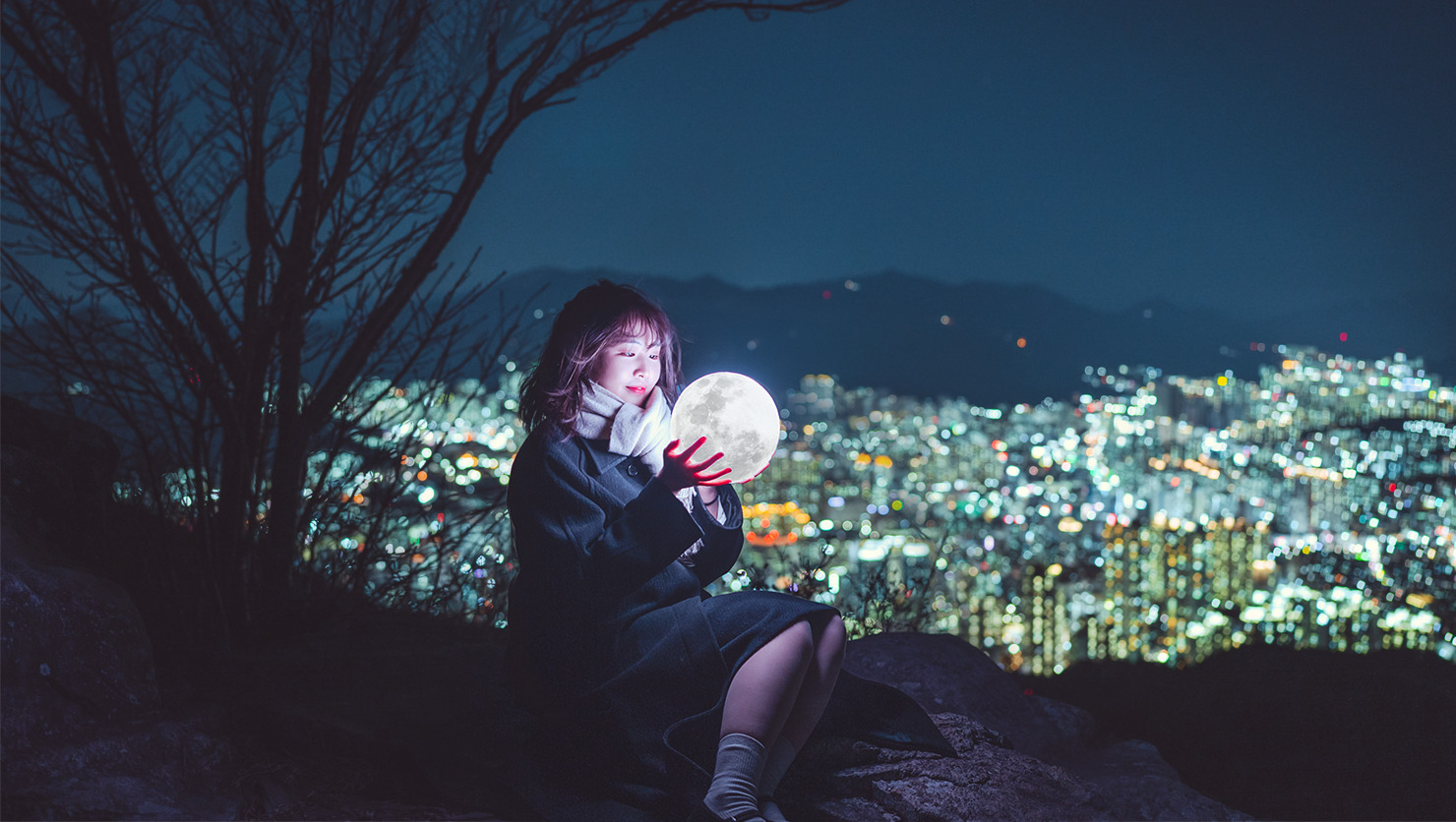
Gyeongju UNESCO World Heritage Sites and History Full-Day Tour with Lunch
During this 8-hour small group tour, your dedicated guide and driver will take you around the beautiful city of Gyeongju. Visit UNESCO World Heritage sites, Bulguk Temple and Seokguram Grotto, as well as other important historic places. This tour also includes lunch, entrance fees, and transportation.
This tour requires a minimum of 2 to operate; if this requirement is not met the tour may be cancelled.
Options
Private tour
Secure private tour by choosing this option
Pickup included
What's included in Gyeongju UNESCO World Heritage Sites and History Full-Day Tour with Lunch
(Subject to Option Inclusions)Itinerary
Cheomseongdae Observatory
Cheomseongdae is the oldest existing astronomical observatory in Asia. Constructed during the reign of Queen Seon-deok (632-647), it was used for observing the stars in order to forecast the weather. This stone structure is a beautiful combination of straight lines and curves, and was designated as National Treasure No.31 on December 20th, 1962. Cheomseongdae was built in a cylinder shape with stones 30cm in diameter. 362 stones were piled up to make 27 levels. Roughly 4.16m up from the bottom there is a 1㎡ square entrance and a space to hang a ladder under it. The inside is filled with soil up to the 12th level, and the 19th, 20th, 25th, and 26th levels all have long rocks hanging on two areas, shaped as the Chinese letter '井' (jeong). It stands 9.17m high and the base stone on each side measures 5.35m. The Vernal Equinox, Autumnal Equinox, Winter Solstice, Summer Solstice and the 24 solar terms (also known as the astronomical solar year) were determined by the observation of stars. The pavilion stone is believed to have been used as a standard of deciding directions, north, south, east and west. The 362 stones used to build Cheomseongdae represented the 362 days in a lunar year.
According to the historical records of Samguk-sagi, Wolji Pond was built during the 14th year of King Munmu (r. 661-681 AD) of the Silla Kingdom (57 BC-935 AD). Small mountains were created inside the palace walls, beautiful flowers were planted, and rare animals were brought in to create an exquisitely exotic garden fit for royalty. The pond was originally built in Wolseung Fortress (built in 101 AD during the Silla period), but the fortress was destroyed and now lies in ruins. In 1974, an excavation project revealed large spherical shapes (measuring 200 meters in diameter and 180 meters in height) which indicated that 3 islands had been located in the pond. Thanks to these important findings and existing historical records, Wolji Pond has been restored to nearly its former glory. Imhaejeonji As one of the detached palaces of the Silla royal family’s main palace, this structure was used as the crown prince’s palace. Imhaejeon is historically the most important building on the property and records often refer to the whole area as ‘Imhaejin.’ An excavation resulted in the discovery of several buildings: Hoerang (corridor area) and five towers in the western part of the area. Some sites have been restored while others have been left in their natural state with only the cornerstones poking out from beneath the ground.
Gyeongju Gyochon Traditional Village
Located in Gyeongju-si, Gyeongju Gyochon Village is a hanok village that allows visitors a look inside life of famous the Choi Clan. Visitors can see the House of the Gyeongju Choi Clan (Important Folklore Material No. 27) and try some Gyeongju Gyodong Beopju Liquor (Important Intangible Cultural Asset No. 86-3) inside the village.
Inclusions
- Hotel pickup and drop-off
- All taxes, fees and handling charges
- Bottled water
- Professional guide
- Guaranteed to skip the long lines
- Transport by air-conditioned minivan
- Public transportation options are available nearby
- Travelers should have at least a moderate level of physical fitness
- Children must be accompanied by an adult
- Adult pricing applies to all travelers except those aged 4 or under, who go free of charge
- Please wear comfortable shoes (high heels are not recommended)
- Sun screen is recommended
- Vegetarian option is available, please advise at time of booking if required
Meet
Pickup and Dropoff
Choose to be picked up from a list of locations
Additional Information
We will inform you exact pick up time few days before depends on other tourists' location and your location via email/viator message.
Redeem
Ticket Redemption
Hotel pickups commence approximately 30 - 60 minutes prior to this time, exact pickup time will be advised on reconfirmation. Times are subject to change due to local traffic conditions.






